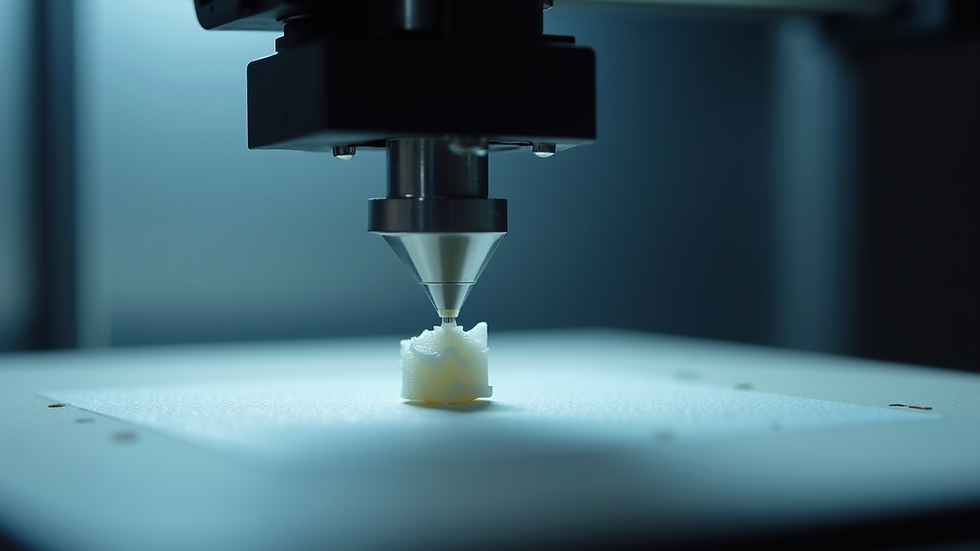How I Built the World of Project: Saviour
- Craig Johnson

- May 19
- 2 min read

When I first started Project: Saviour, I didn’t sit down with a fully mapped-out world. It started with a few rough sketches, some loose ideas, and a character I couldn’t shake. The world didn’t come first — it had to grow around the story.
This post isn’t a guide to world-building. It’s just how I did it — piece by piece, sometimes without even knowing I was doing it.
Letting the World Shape Itself
I didn’t start with a map or a timeline. What I started with was a tone. I knew what kind of world Project: Saviour lived in — a place where things felt broken, where people had lost faith in heroes, and where someone had to step up, even if they weren’t ready.
That feeling became the foundation. Every location, design choice, and side character had to fit that tone. If it didn’t, I scrapped it.
Sometimes the world tells you what it wants to be — you just have to pay attention.
Drawing Through It
The way I built the world was mostly by drawing it. I don’t write long descriptions or lore docs. I sketch.
I’ll draw a street, then imagine who lives there. I’ll draw a piece of tech, then work backwards to figure out why it exists in that world. It’s messy, but it works. You build by instinct, then refine with intention.
Most of the world-building in Project: Saviour happened because I needed to solve visual problems. What would this city look like if people had stopped believing in its purpose? What would public spaces feel like in a place that’s lost hope?
Answering those questions through art built a more world than any planning document ever could.
Knowing What to Show (And What Not To)
One of the hardest parts of world-building is knowing what not to include.
I have background details that never made it into the comic. Entire settings that I cut because they slowed the story down or distracted from what mattered. The goal isn’t to show everything — it’s to show just enough that the world feels real without overwhelming the reader.
Sometimes the smallest details do the most work. A sign. A cracked statue. A single line of dialogue about the past. That’s all you need to build depth.
World-Building Isn’t the Point
The world matters — but only because of how it shapes the characters. Project: Saviour isn’t just about the city or the technology. It’s about the people trying to survive in it, and what they choose to do when things go wrong.
The world is there to put pressure on the characters. To test them. To reflect them. Once I understood that, the rest started falling into place.
Final Thought
You don’t need to have everything figured out before you start. Most of the world-building I’ve done has happened during the process, not before it.
Start with a feeling. Build what serves that feeling. Let the rest evolve over time.
That’s how I built Project: Saviour. And that’s how I’ll keep building it.
— Craig Johnson - Project Comic Universe



Comments